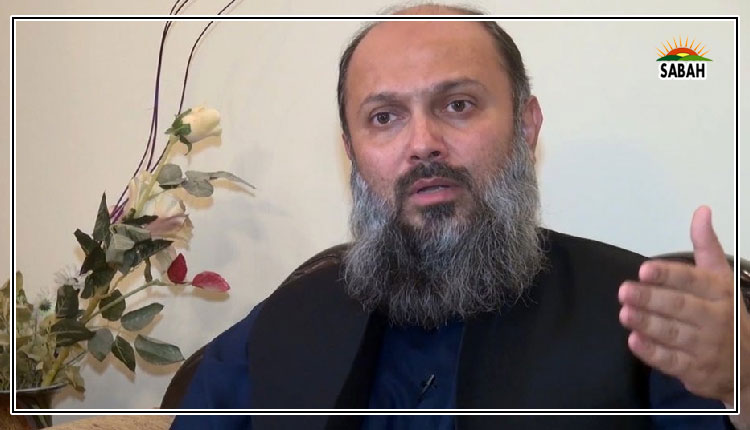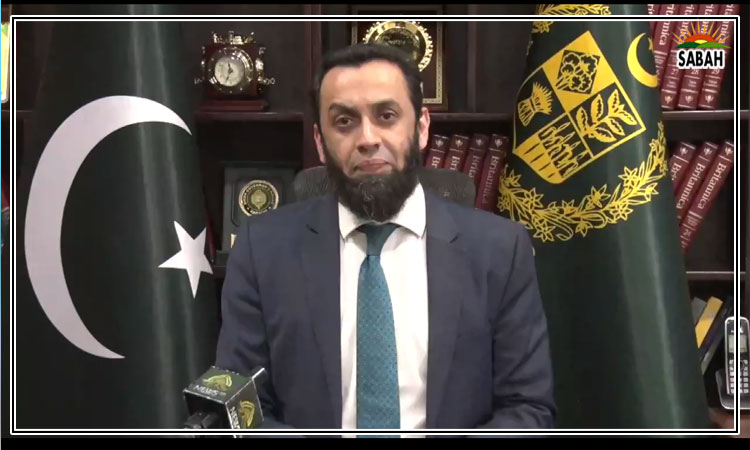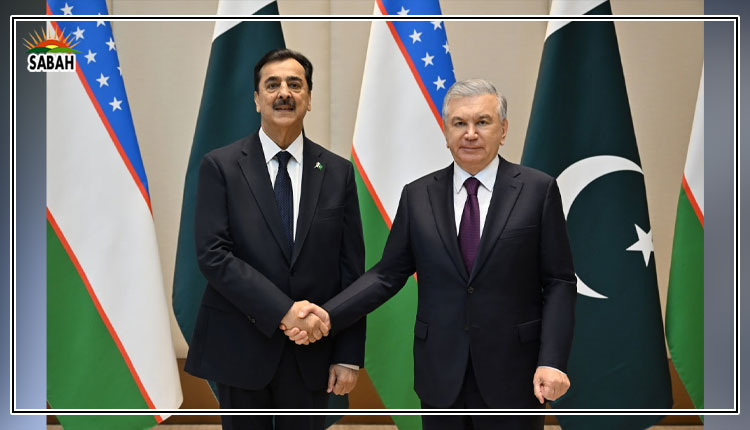Learning for lasting peace…Raza Hussain Qazi
The United Nations General Assembly has designated January 24 as the International Day of Education to celebrate the importance of education in advancing peace and development.
The theme for this years celebrations is Learning for lasting peace, following the adoption of the 2030 Agenda for Sustainable Development in September 2015. Sustainable Development Goal 4 aims to attain inclusive and equitable quality education and promote lifelong learning opportunities for all by the year 2030. The objective is intrinsically intertwined and plays a pivotal role in achieving all 17 goals delineated in the agenda, particularly encompassing goal 16, which relates to peace, justice, and strong institutions.
According to Unicef, currently, Pakistan has the worlds second-highest number of out-of-school children (OOSC) with an estimated 22.8 million children aged 5-16 not attending school, representing 44 per cent of the total population in this age group. The disparities exist based on gender, socio-economic status, and geography are significant; in Sindh, 52 per cent of the poorest children (58 per cent girls) are out of school, while in Balochistan, 78 per cent of girls are out of school.
Likewise, the World Bank outlined the educational challenges in Pakistan in a recently published report. This report is of great significance as it offers insights into the obstacles confronting Pakistans education system and proposes potential pathways for enhancement. The current situation reflects a persistent learning crisis, with over three-quarters (78 per cent) of ten-year-old children in Pakistan unable to read and comprehend basic text by the age of 10, a phenomenon referred to as learning poverty.
In this context, the World Bank has produced a significant policy document (The Improving Learning Outcomes Policy Note 2) to offer policy guidance on sustainable and resilient solutions to address Pakistans learning crisis. The paper also effectively demonstrates the compounding effects of stunting by a weak education system. It reveals that 78 per cent of 10-year-olds lack the ability to read age-appropriate text.
A significant proportion of children in Pakistan struggle to understand a paragraph that is appropriate for their age, a situation that has been termed learning poverty. The statement points towards the low investment in education, despite a growing population. Even the limited investment in education has not been effectively utilized because of inefficiency and a lack of prioritization.
Both credible documents presented an optimistic approach to addressing the challenges and offering a practical pathway for progressing towards a more promising future. The Unicef report reflects promising trends that indicate concerted efforts by various stakeholders to improve the dismal educational landscape of the country, including the rise in school enrollment rates. The uptick has been particularly evident in primary education, showcasing effective government campaigns and community awareness programmes aimed at promoting the importance of education. Special emphasis on enrolling girls has led to a gradual closing of the gender gap in primary education, a significant step forward in a traditionally male-dominated educational sphere.
Similarly, the World Bank made concrete but quite workable recommendations to policymakers, acknowledging that the country has the knowledge and capability to address the learning crisis, even if the scale of this problem is large. It outlines eight short-term key priorities to be addressed in the first year. In the first year, our priorities include increasing access to school, especially for girls, prioritizing mandatory reading lessons in all schools, providing instructional support for multi-grading, and adopting data driven decisions, especially to closely monitor learning outcomes. The four priorities to be addressed within five years are: supporting teachers to have the right skills, investing in early childhood education, teaching children in a language they understand, and increasing the amount and efficiency of the education budget.
All the mentioned points are crucial; however, their achievement will remain a far cry without infusing resilience into the process. It is essential to incorporate resilience into the strategic planning of vital public health and education services, cemented by sufficient financial resources. It is evident that the effects of extraordinary occurrences, such as the closure of schools due to the Covid-19 pandemic and the 2022 floods, have exacerbated the learning crisis, underscoring the susceptibility of the education system to potential future disruptions. The education sector experienced a direct impact with over 2,000 schools sustaining damage or being destroyed, leaving students being left without classrooms. The unaccounted loss extended beyond physical infrastructure and led to profound psychological trauma experienced by all demographics of the affected population, especially children and youth. Students already traumatized by the loss of their homes and communities experienced additional stress due to education disruptions.
I have visited flood-affected villages in Dadu, Mirpur, and other areas and met with young people and children. The long-term impacts of anxiety, depression, and a sense of instability are profound and obvious. How could mental trauma not affect the academic performance and overall well-being of individuals, especially young boys and girls, as well as children? Likewise, teachers also struggled to maintain their mental health while trying to support and provide continuity for their students.
The loss of schooling can also result in higher dropout rates, as children, especially girls, may be compelled to work or enter into early marriages. The setback affects not only academics and disrupts life paths, affecting future economic opportunities. One can easily notice and correlate these challenges with the decline in social cohesion and peace in society, which is quite symptomatic now.
It is possible that my limited awareness has hindered my exposure to any governmental initiatives or programmes designed to address the psychosocial requirements of youth, minors, and females, with the aim of aiding their recuperation from trauma stemming from calamities. It is crucial that reconstruction plans prioritize not only construction, but also incorporate goals related to the well-being of affected individuals. This pertains to the reinstatement of the hopes and prospects of children, adolescents, and women in coping with the stress and emotional turmoil caused by the effects of catastrophic events. All this can be done by adding resilience as a subject across the disciplines.
Under the 18th Amendment, Article 25A places greater responsibility on provincial governments to guarantee access to quality education and learning opportunities for every child, irrespective of their circumstances, by addressing issues of accessibility, quality, and inclusivity. Greater attention should be directed towards the most vulnerable children, particularly those impacted by poverty, conflict, and disaster. In order to attain the imperative of peace, stability, and holistic wellbeing in society, it is essential to prioritize the inclusion of marginalized groups, including girls, children with disabilities, and individuals from minority communities.
We lag far behind confused and scuffling while the world has made substantial progress. It is crucial for us to recognize the cul-de-sac. Beyond its commonly assumed advantages, peace is an essential outcome of high-quality education, as individuals internalize values, attitudes, and behaviours. This phenomenon functions as a set of catalysts that promote peace and kill belligerence within societies. It is undeniable that the establishment of more peaceful, just, and sustainable societies.
In view of formidable and enduring challenges such as climate change, pandemics, and escalating global conflicts, it is incumbent upon governments to prioritize the education of our children and youth. This will equip our young with the essential skills to effectively tackle and prevent these challenges in the future. An unwavering dedication to promoting peace is becoming increasingly imperative in the present day, with education assuming a pivotal role in this pursuit.
Courtesy The News












